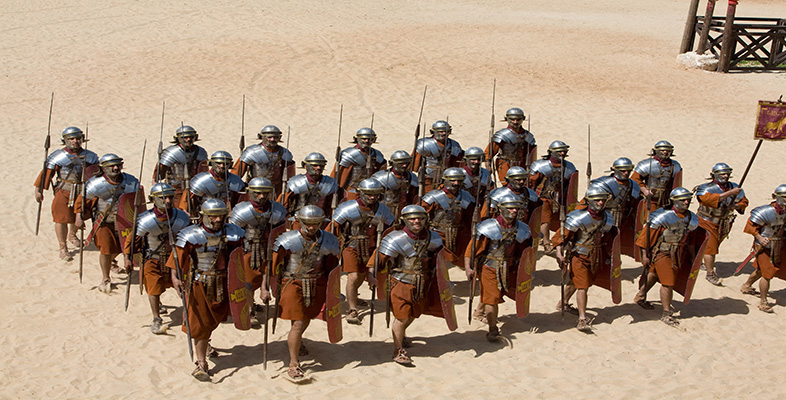2 The Qing empire
In the eastern corner was the Qing empire. In contrast to the maritime European empires, this was primarily land based. Its emperor at Beijing, and his bureaucracy (some recruited from Manchu banner men – so called because they were organised around clan banners – and some by competitive examinations), provided a vast, mainly rural population with some guarantee against disorder and famine. It achieved this with thinly spread officials, partly by the way its sheer scale facilitated the movement of resources from one region to another. Watercourses such as the Grand Canal helped to make this possible, moving taxes and grain supplies from the central rice bowl of China to the north, and also on occasion moving troops and the emperor around his kingdom.
We have already touched on the economic, military and cultural strands of the Qing empire. But the Qing realm was also a very special ‘double-edged’ type of empire, with internal as well as external elements to its imperialism.
Let us take the external dimension first. In its relations with territories at a distance, it regarded itself as ‘the Central Kingdom’–‘China’s’ name in Mandarin is not ‘China’, but Zhongguo, which means ‘central kingdom’. Its ideology emphasised the Chinese emperor’s supreme position, ruling by ‘mandate of heaven’, superior to all other states.
In the century up to 1839, the Qing had extended by colonising its outer reaches, by military campaigns against northern and western border kingdoms, which were made into provinces, and by incorporating foreign powers (according to Qing rhetoric and propaganda at least) into its ‘tribute system’. Foreign states were expected to acknowledge Chinese superiority by words and tribute, in return for which the Chinese emperor bestowed gifts. For distant countries, this ‘tribute system’ may have functioned more as a form of state to state trade than as an exercise in substantive suzerainty or real ‘imperial’ power.
This conceptualisation of Qing China as an empire had been a constant pain for British officials and traders. Missions, such as Lord Macartney’s in 1793–95, repeatedly failed to persuade the Chinese to allow relations of equality, or the permanent stationing of foreign representatives in Beijing. By 1839, all foreign trade was still supposed to go through Guangzhou (Canton) on the Pearl River in the south. Western powers were allowed to have trading posts at this southern city alone, and even there all trade still had to go through officially sanctioned Chinese merchants or hongs (collectively termed the cohong). So China’s economic organisation, as well as the Qing’s nature as a land empire, are vital backgrounds to understanding the First Anglo-Chinese War.
The internal elements to China’s imperialism, meanwhile, stemmed from its rulers being, and to a degree remaining, foreigners. The Manchu rulers of the Qing dynasty (1644–1911) came from Manchuria in the north. Though they adopted Chinese administrative practices, and to a certain extent culture, the Manchus remained to some degree separate, and continued to divide their army into Manchu, Mongol and Han banners or sections. So China was in part an internal empire over Han Chinese and other groups, and partly an external empire over territories conquered, settled or engaged in tributary relations.
